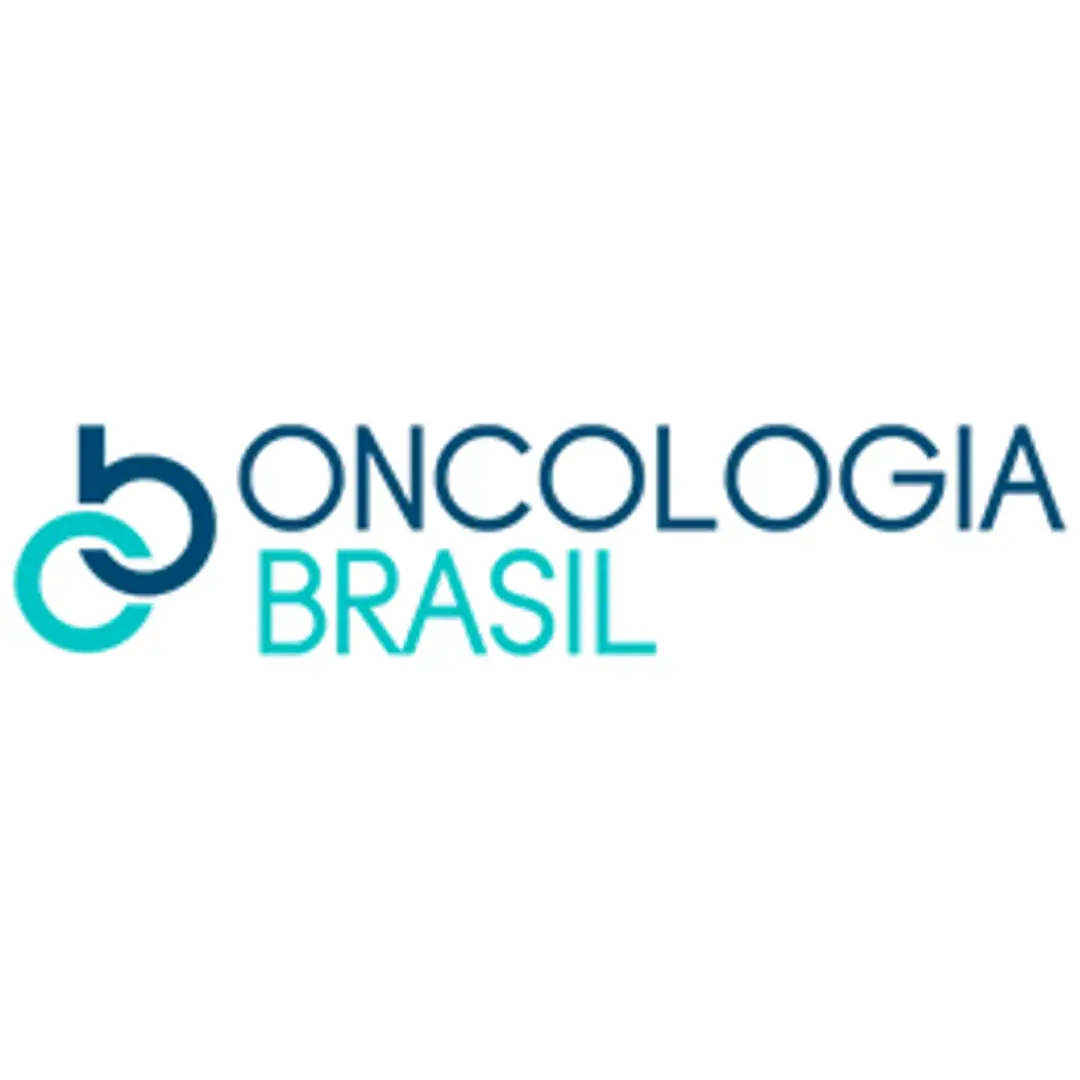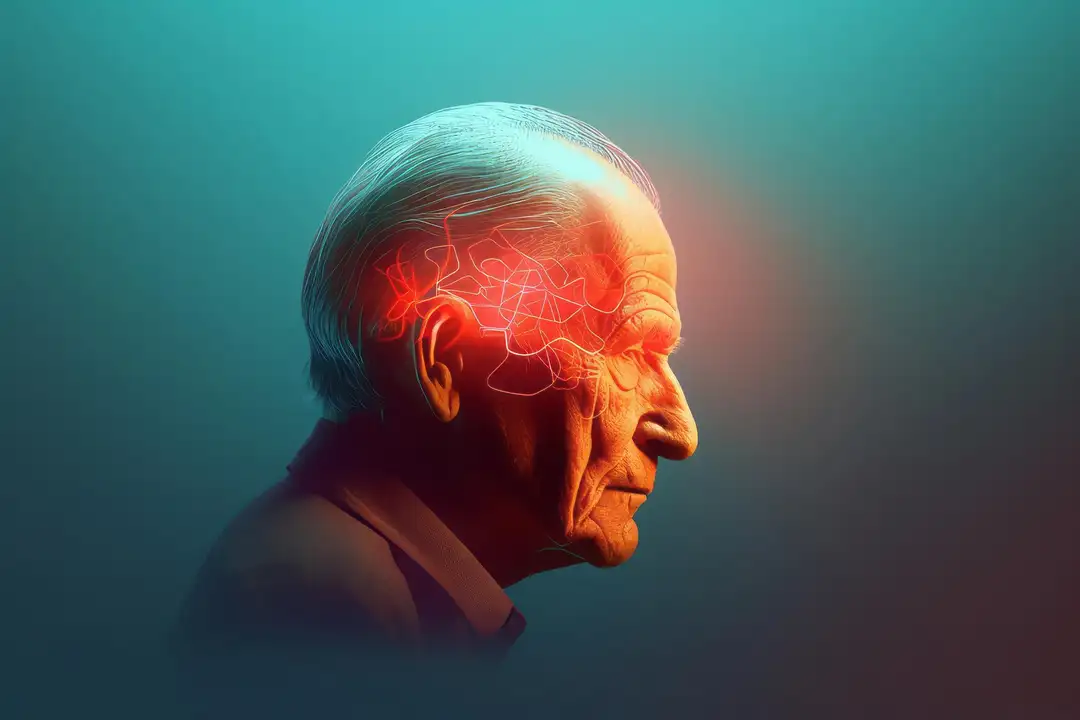Mapping the oncology workforce crisis: uneven distribution threatens equitable cancer care in the U.S.
A nationwide ASCO analysis shows that more than half of U.S. counties lack oncologists, and 68% of Americans live in regions where at least a quarter of specialists are nearing retirement.

Published in JCO Oncology Practice (October 2025), the ASCO-sponsored study by Kirkwood et al. provides the most comprehensive analysis to date of the U.S. hematology and medical oncology workforce, revealing growing geographic disparities and an aging clinician population that could worsen access to cancer care—especially in rural and socioeconomically vulnerable regions.
Using Medicare Care Compare data from 2014, 2019, and 2024, researchers mapped the location and career stages of 14,547 oncologists across all U.S. counties. Although the absolute number of oncologists rose over the past decade, population-adjusted density fell from 15.9 to 14.9 per 100,000 adults aged ≥55 years, with 38 states showing declines. The rural-urban gap remains stark: only 7% of oncologists practice in rural areas, which house 16% of the U.S. population aged ≥55.
Alarmingly, while 89% of Americans live in counties with at least one oncologist, most (68%) reside in areas where ≥25% of the oncology workforce is near retirement age. In contrast, 11% of older adults live in the 55% of counties with no oncologist at all; one in ten rural counties have no oncologists even in adjacent regions.
Early-career oncologists (≤16 years since graduation) represent 27% of the workforce, but they are disproportionately concentrated in large, urban practices and rarely found in high-need areas. Only 5% practice in rural counties, 3% in regions with high cancer mortality, and 11% in counties with elevated uninsurance rates. Late-career oncologists, by contrast, are more evenly distributed but account for one-third of the workforce, highlighting the looming retirement impact.
Counties with higher cancer mortality, smoking, and obesity rates were significantly less likely to have oncologist coverage. Similarly, areas with limited broadband access, which could restrict telemedicine expansion, had the lowest presence of oncology services. The study underscores that the regions most burdened by cancer risk and socioeconomic vulnerability are also those least served by oncologists.
ASCO warns that these disparities could intensify as the population ages and oncologist retirements accelerate. Policy solutions suggested by the authors include:
- Incentivizing oncologists to work in underserved areas through loan forgiveness, visa waivers, and Medicare HPSA bonuses;
- Expanding telemedicine infrastructure to extend cancer care access;
- Increasing training positions in rural and community oncology;
- Enhancing team-based care with advanced practice providers (APPs) to mitigate workforce shortages.
Ultimately, the report concludes that “ensuring equitable geographic access to oncology care will require coordinated national strategies that integrate workforce planning, telehealth expansion, and targeted recruitment.”
#OncologyWorkforce #CancerCareAccess #HealthEquity #RuralMedicine #ASCO
Editorial Note
This text was organized with the support of artificial intelligence, but it was critically reviewed and validated by a qualified professional to ensure scientific accuracy and reliability
Sources
- Kirkwood MK, Balogh EP, Accordino MK, Chism DD, Garrett-Mayer E, Parsons HM, et al. Where have we been and where are we going? The state of the hematology and medical oncologist workforce in America. JCO Oncol Pract. 2025;21(10):OP-25-00144. doi:10.1200/OP-25-00144

Written by Oncologia Brasil
About
Oncologia Brasil is a specialized oncology platform with a team of experts covering all aspects of cancer treatment, providing relevant content and personalized solutions. Its goal is to meet the needs of healthcare professionals, pharmaceutical industries, and patients by offering reliable and up-to-date information to improve cancer understanding and management.



